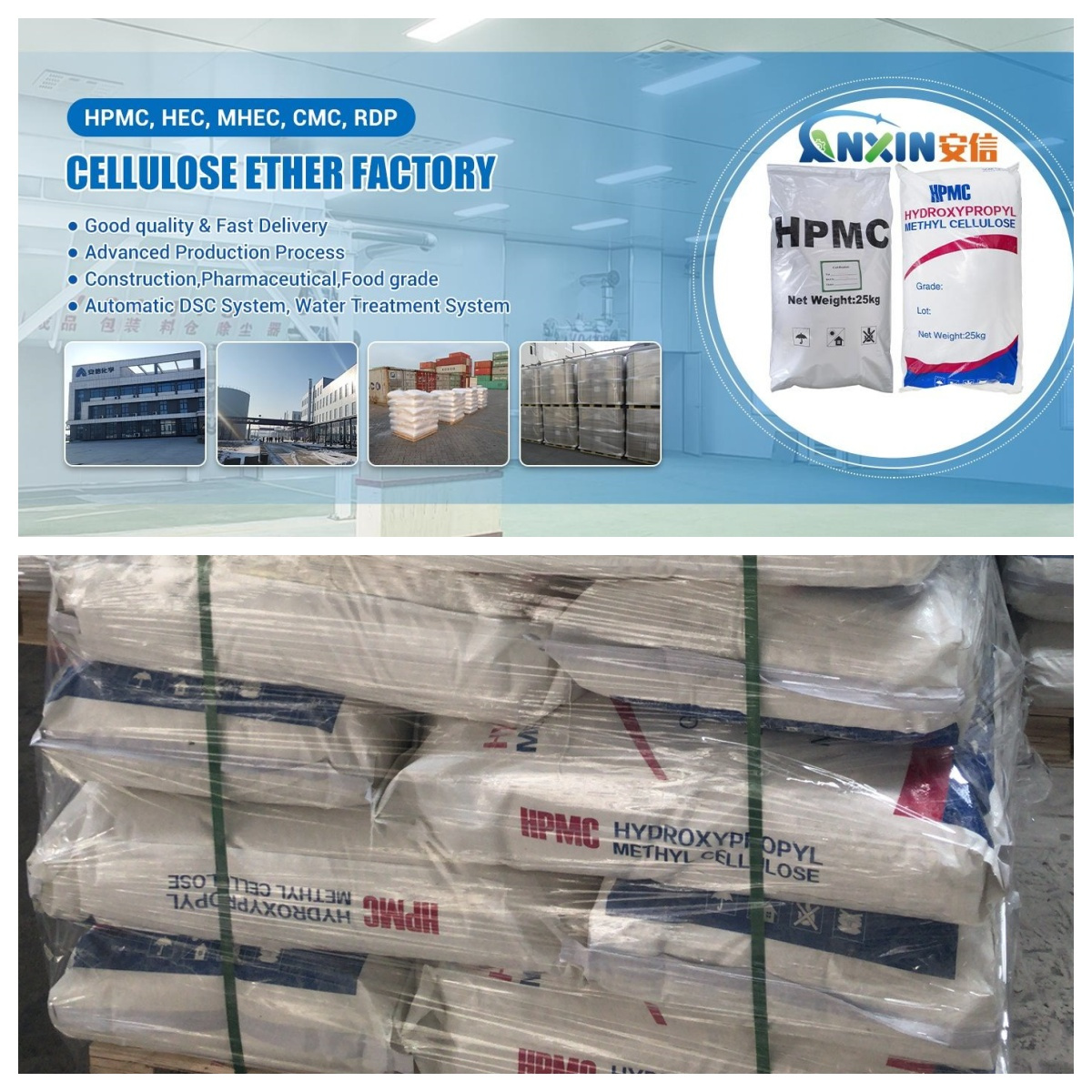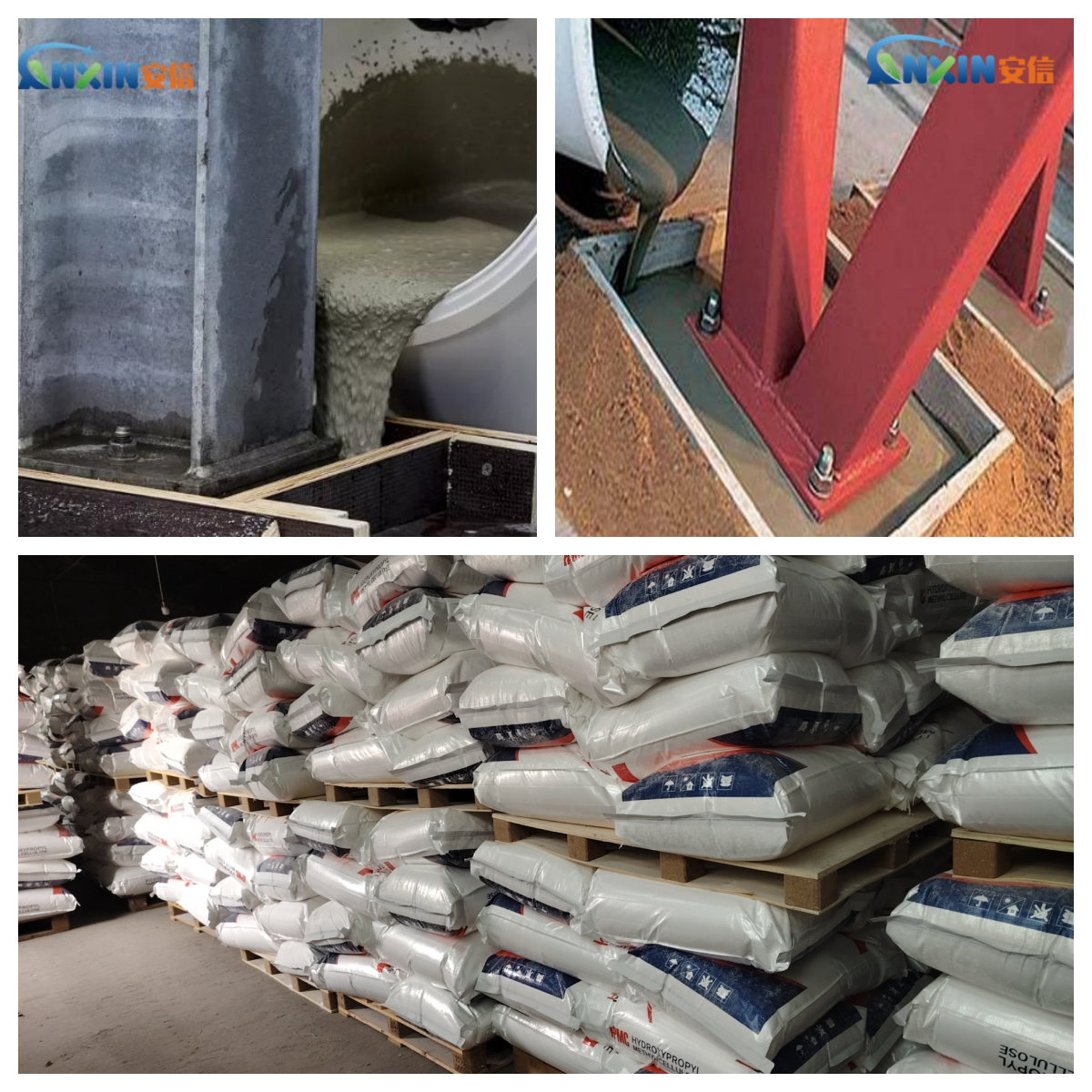Hydroxypropyl Methylcellulose (HPMC) is a non-ionic cellulose ether, which is widely used in building materials, especially in cement-based grouting materials, which has attracted more and more attention. As a high-performance polymer additive, HPMC can significantly improve the construction performance and final performance of grouting materials, improve its water retention, fluidity, consistency and adhesion, thereby ensuring construction quality and engineering safety.
1. Definition and performance requirements of building grouting
Building grouting is mainly used to fill gaps between building components, fix equipment foundations, repair structural defects, seal cracks, etc. Common grouting materials include cement-based grouting materials, non-shrinkage grouting materials, polymer-modified grouting materials, etc. Its performance requirements mainly include:
Good fluidity and self-flowing properties, so that the grouting material can smoothly fill complex or narrow spaces;
Higher water retention to prevent early shrinkage and cracks caused by water loss;
Appropriate adhesion and strength development to ensure a firm bond with the base or steel bars;
Good crack resistance and durability to meet the structural safety of long-term use.
Traditional grouting materials are prone to poor fluidity, segregation and water seepage, shrinkage and cracking in practical applications, so it is necessary to introduce performance-improving additives-HPMC.
2. Performance characteristics of HPMC
HPMC is a modified cellulose ether made from natural high-molecular cellulose through etherification reaction, with the following significant characteristics:
2.1. Excellent water retention
HPMC can effectively retain water during cement hydration, delay water loss, ensure full hydration of cement, improve early strength and reduce cracking.
2.2. Enhanced fluidity and lubricity
Adding an appropriate amount of HPMC can significantly improve the fluidity and construction smoothness of the grouting material, making it easier to pour, fill and vibrate.
2.3. Stable consistency and anti-segregation
HPMC forms a network structure in the grouting system, stabilizes the slurry distribution, and prevents particle precipitation, segregation and water seepage.
2.4. Improved bonding performance
Its film-forming properties and wetting effect on the substrate can improve the bonding between the grouting material and the base surfaces such as concrete, steel bars, and masonry, and enhance the integrity of the structure.
2.5. Improved construction performance and operation time
HPMC has excellent water retention and retarding effects, which helps to extend the open time, improve construction flexibility, and adapt to complex construction conditions.
3. Application effect of HPMC in building grouting
3.1. Application in equipment foundation grouting
Equipment foundation grouting requires high strength, no shrinkage, and high fluidity. After adding HPMC, the grouting material can maintain good fluidity without increasing the water-cement ratio, avoid bleeding and segregation, and at the same time enhance the filling density to ensure the stability of long-term operation of the equipment.
3.2. Application in structural repair grouting
When repairing cracks in concrete structures or honeycombed surfaces, the grouting material needs high water retention and high bonding. HPMC effectively improves the cohesion of the grouting material and its adhesion to the base surface, while controlling shrinkage and avoiding secondary cracking.
3.3. Application in prestressed duct grouting
Prestressed duct grouting requires the slurry to have high fluidity and filling properties to prevent the hole from being left empty and the steel strand from being corroded. HPMC can prevent the slurry from settling and segregating, ensure the slurry is filled completely, and enhance durability.
4. Recommendations for the use of HPMC in grouting formula
When using HPMC in grouting materials, the model and dosage should be reasonably selected:
Model selection: Select the appropriate viscosity grade (generally 50,000~100,000 mPa·s) according to the water-cement ratio and construction requirements of the grouting system;
Addition amount: Usually 0.1%~0.5% of the cement mass, which can be optimized through experiments according to specific needs;
Addition method: HPMC should be pre-dispersed evenly in the dry mix, and then water is added for mixing and stirring to avoid agglomeration and affecting the effect.
Hydroxypropyl methylcellulose (HPMC), as a highly efficient building additive, plays an irreplaceable role in building grouting materials. It not only significantly improves the construction performance and mechanical properties of the grouting material, but also improves the grouting quality and engineering durability. As construction projects continue to improve their requirements for construction efficiency and material quality, HPMC will be more widely used and developed in the field of grouting and other building materials. For grouting material manufacturers, mastering the reasonable use of HPMC technology will become one of the keys to improving the core competitiveness of products.
Post time: Jul-14-2025

